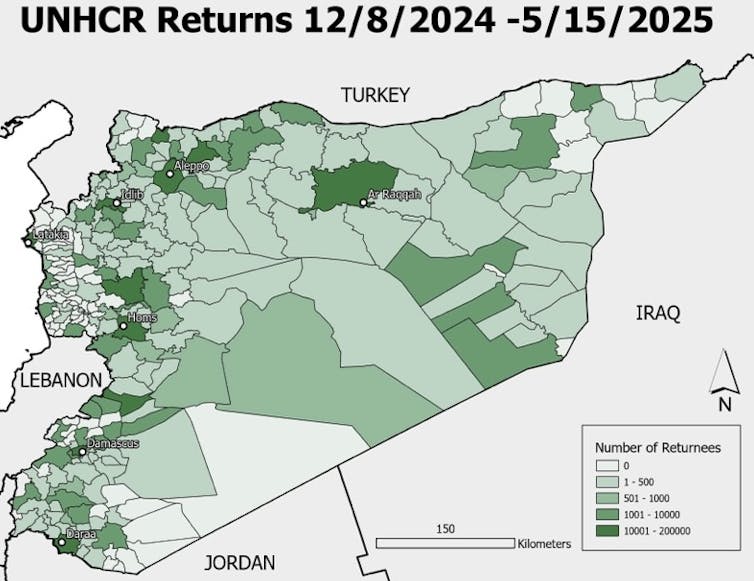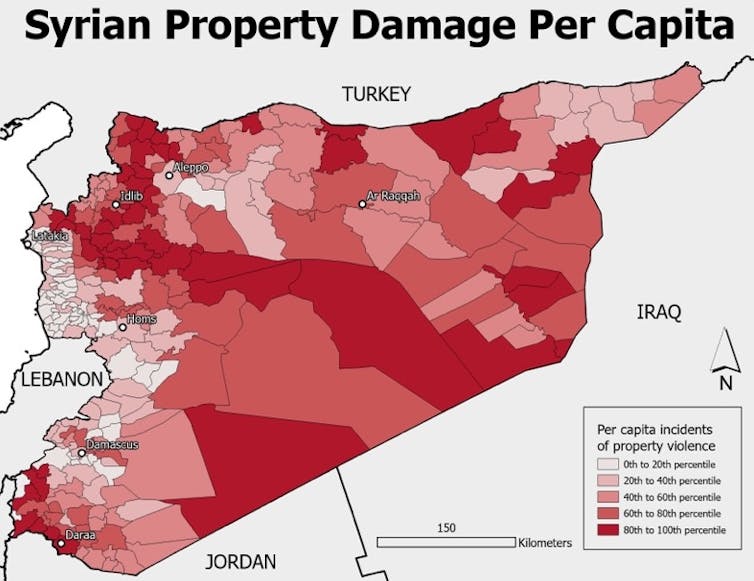Pundits and political scientists like to repeat that we live in an age of political polarisation. But if you sat through the second debate between Prime Minister Anthony Albanese and Opposition leader Peter Dutton last Wednesday night, you’d be forgiven for asking what polarisation people are talking about.
While the two candidates may have different values, as Albanese said, the policies they propose and the view of society they have put forward in this campaign don’t differ so much.
Why so similar?
On housing supply, Dutton promises to help local councils solve development bottlenecks. The PM says his government is already starting to do the same thing.
To tackle the cost-of-living crisis, one wants to reduce the government’s cut of petrol prices. The other is having the government pay for part of our energy bills.
What about the future of a multicultural Australia? One party says they’ll cap international student numbers to lower immigration. The other is trying to do precisely the same. (Even though the policy may be irrelevant to near-future immigration and have little impact on housing costs.)
Surely, you might think, many Australians must have more progressive ideas than those Albanese is proposing. And surely many Australians would like more conservative policies than those Dutton is coming up with.
If that’s the case, you’re probably wondering: why are the two leaders focusing their campaigns on such similar platforms?
Lining up the voters
More than 70 years ago, the same questions motivated the work of economists Duncan Black and Anthony Downs. In fact, social scientists had been fascinated by these questions since the Marquis de Condorcet, a philosopher and mathematician, first attempted a mathematical analysis of majority voting at the time of the French Revolution.
Black and Downs both arrived at a striking conclusion: when two candidates compete to win a majority of votes, they will converge their electoral campaign on (roughly) identical policies, even when the voters at large have very differing policy preferences.
Their argument, sometimes referred to as the Median Voter Theorem, goes as follows.
Imagine we could line up all 18,098,797 Australian enrolled voters from the most progressive at the extreme left to the most conservative at the extreme right. Then, a choice of electoral platform by a candidate may be imagined as the candidate placing himself somewhere on this ideal line up of voters.
Now imagine Albanese were to propose a strongly progressive platform and Dutton were to opt for a strongly conservative one. Naturally, those voters “closer” to Albanese’s platform will probably put Labor ahead of the Coalition in their ballot. Similarly, those closer to Dutton will put the Coalition ahead.
Let us imagine that in this situation Albanese would secure a majority of seats. What could Dutton do to win? The answer is: move a bit to the left.
In doing so, Dutton would win over some voters who were previously closer to Albanese than to himself. Meanwhile, all the voters to the right of Dutton will remain closer to him than to Albanese. The net result would be simply a swing in favour of Dutton.
The problem of where to set up shop
In 1957, Downs realised that the problem of choosing where to place your platform to attract more voters has the the same mathematical form as the problem firms face when choosing where to place their outlets to attract more customers. Harold Hotelling, a mathematical statistician and economist, had studied the firms’ problem in 1929. So Downs could simply apply Hotelling’s mathematical tool to his new political problem.
Downs showed that, as Dutton and Albanese compete for voters, they will end up converging to the same platform. One that does not allow for a further move that can swing voters. This platform will be what social choice scholars call a Condorcet winner, meaning more than half of voters would choose it over any other platform.
In fact, there is only one such platform: the policy preferred by a voter who is more conservative than exactly half of the voters and more progressive than exactly half of the voters. The voter exactly in the middle of our idealised line-up. The median voter.
A centrist equilibrium
When Albanese and Dutton are both proposing the median voter’s preferred platform, they both have about the same chances of winning the election: 50%. However, neither can do anything to improve their chances.
In this situation, if Dutton were to move a little more right, he would simply lose to Albanese some of the voters just to the right of the median voter. If Albanese were to move a little more left, he would lose to Dutton some of the voters just left of the median voter.
They are in what game theorists call a Nash equilibrium: a situation where neither of them can gain by changing their strategy.
Not literal, but still illuminating
Downs’ result should not be taken literally.
Politicians may have inherent motivations to promote certain policies, beyond just winning votes. And sometimes political leaders can offer new views of society, changing how voters think about what a just and prosperous future should look like.
However, at least with leaders like Albanese and Dutton, and in the presence of a (mostly) two-party system like in Australia, Downs’ model shows us what the democratic electoral process tends towards: parties that compete to appeal to the most median centrist voters.
Gabriele Gratton, Professor of Politics and Economics and ARC Future Fellow, UNSW Sydney
This article is republished from The Conversation under a Creative Commons license. Read the original article.




























